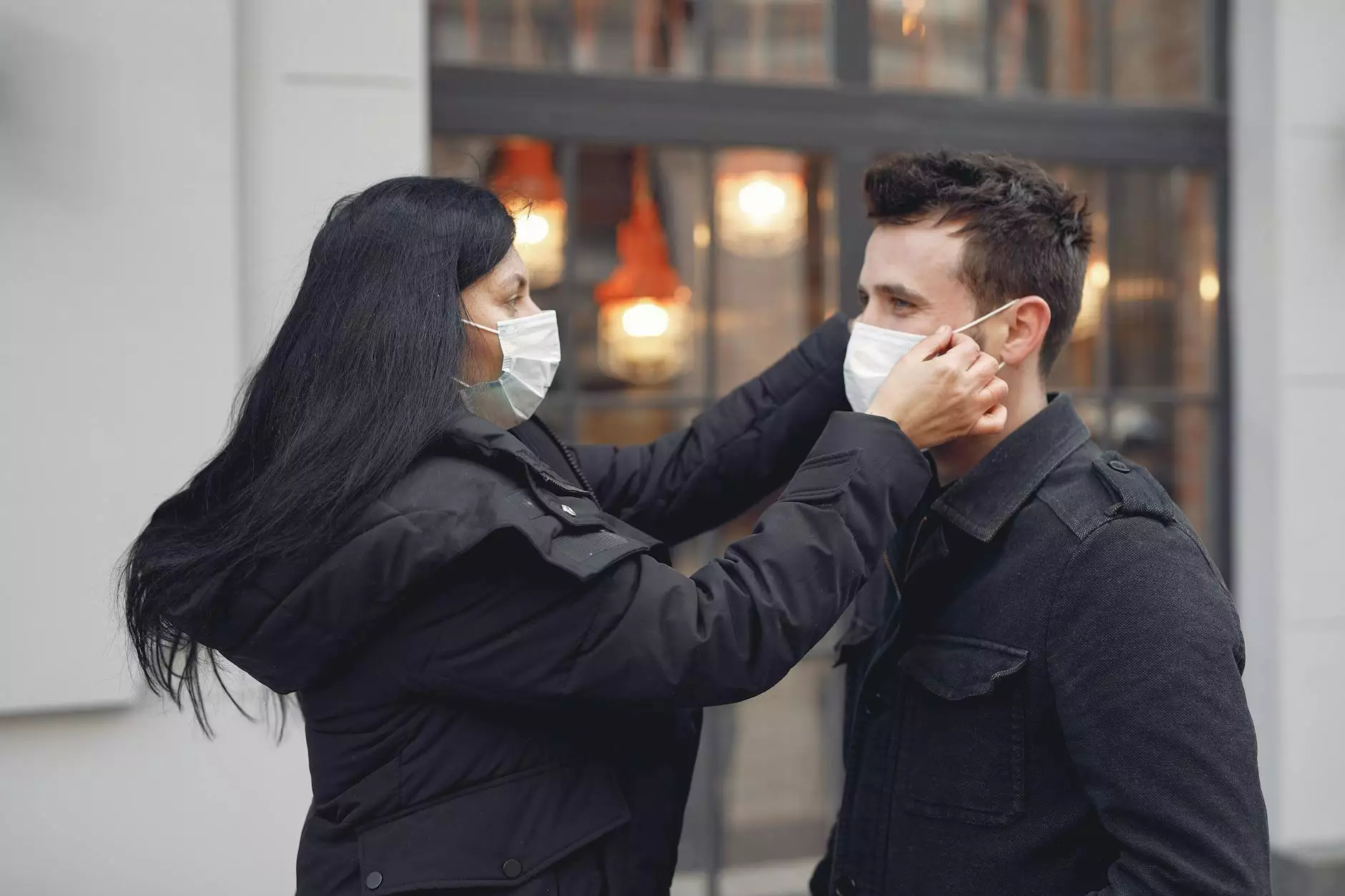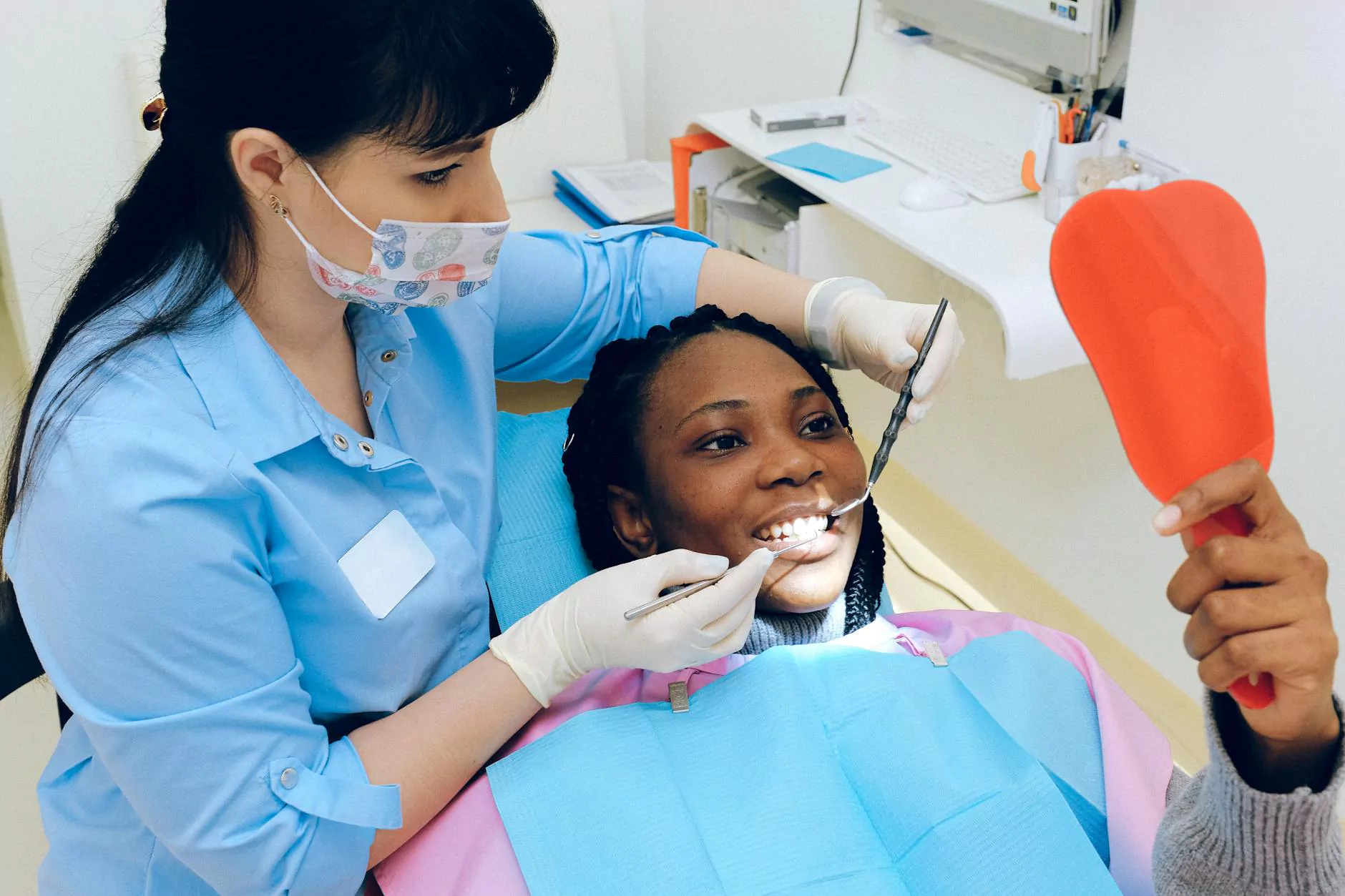Maximizing Shoulder Health: The Benefits of External Rotation

Introduction
The shoulder is one of the most complex joints in the human body, and maintaining its health is crucial for performing daily activities and sports-related tasks efficiently. A common issue individuals face is restricted shoulder mobility, leading to pain and limited functionality.
The Role of External Rotation
External rotation exercises play a vital role in maintaining shoulder health and increasing its range of motion. This article will explore the benefits of external rotation exercises and the impact they can have on shoulder strength, stability, and injury prevention.
Understanding External Rotation
External rotation is a shoulder movement where the arm rotates away from the midline of the body, specifically rotating the upper arm outward. This movement primarily engages the infraspinatus and teres minor muscles, both located in the rotator cuff, which is responsible for stabilizing the shoulder joint.
The Importance of Shoulder Health
Shoulder health is crucial for maintaining overall upper body functionality. Whether you're an athlete, an office worker, or a stay-at-home parent, a healthy shoulder joint allows you to perform activities like lifting, reaching, and pushing without pain or limitations.
Benefits of External Rotation Exercises
Regularly incorporating external rotation exercises into your fitness routine or rehabilitation program offers numerous benefits, including:
Improved Shoulder Stability
External rotation exercises target the rotator cuff muscles, which are responsible for stabilizing the shoulder joint. Strengthening these muscles can improve stability, reducing the risk of dislocations and other shoulder injuries.
Enhanced Range of Motion
By regularly performing external rotation exercises, you can improve the flexibility and range of motion in your shoulder joint. This increased range allows for more fluid movements during daily activities and sports performance.
Injury Prevention and Rehabilitation
Strengthening the rotator cuff muscles through external rotation exercises can significantly reduce the risk of shoulder injuries. Additionally, external rotation exercises are often recommended during rehabilitation programs for recovering from shoulder-related issues, such as rotator cuff tears or shoulder impingements.
Better Posture
Weakness in the rotator cuff muscles can contribute to poor posture. Performing external rotation exercises can help correct muscle imbalances and promote a more upright and aligned shoulder position, leading to improved overall posture.
How to Incorporate External Rotation Exercises
There are various external rotation exercises that can be included in your exercise routine. Here are a few examples:
Cable External Rotations
Using a cable machine, attach a handle to the pulley at waist height. Stand with your side facing the machine, your elbow bent at 90 degrees, and your forearm across your abdomen. Keeping your elbow tucked in, rotate your forearm away from your body, bringing your hand to a position parallel to the floor. Slowly return to the starting position and repeat.
Resistance Band External Rotations
Secure one end of a resistance band to a sturdy anchor point. Hold the other end of the band with your hand, keeping your elbow bent at 90 degrees and close to your side. Rotate your forearm away from your body, stretching the band. Return to the starting position and repeat.
Dumbbell External Rotations
Hold a dumbbell in one hand, stand with your elbow bent at 90 degrees, and your forearm across your abdomen. Rotate your forearm away from your body until it is parallel to the floor. Slowly return to the starting position and repeat on the other side.
Conclusion
External rotation exercises are a crucial component of maintaining optimal shoulder health and preventing injuries. By incorporating these exercises into your routine and consulting with a professional such as the experts at IAOM-US, you can enhance shoulder stability, improve range of motion, and reduce the risk of shoulder-related issues.
Remember, it is always essential to consult with a healthcare provider, such as a Chiropractor or Physical Therapist, before starting any new exercise program, especially if you have pre-existing shoulder conditions or pain. Together, let's prioritize our shoulder health and enjoy a pain-free, active lifestyle!
external rotation of shoulder








